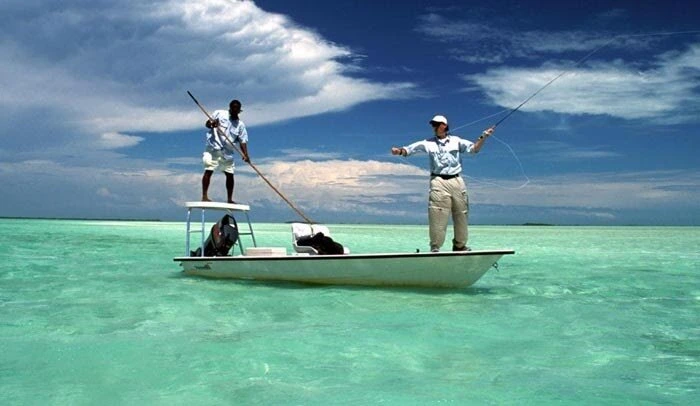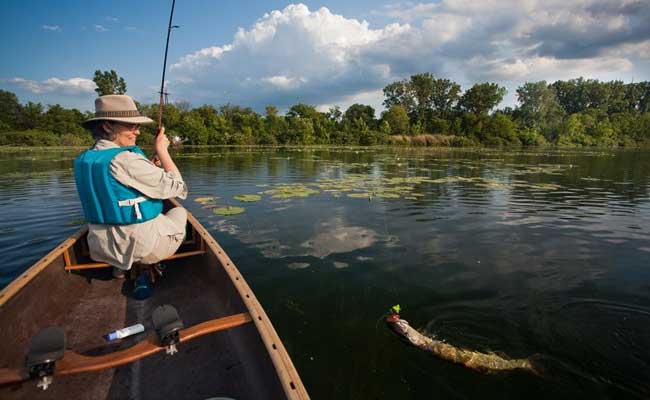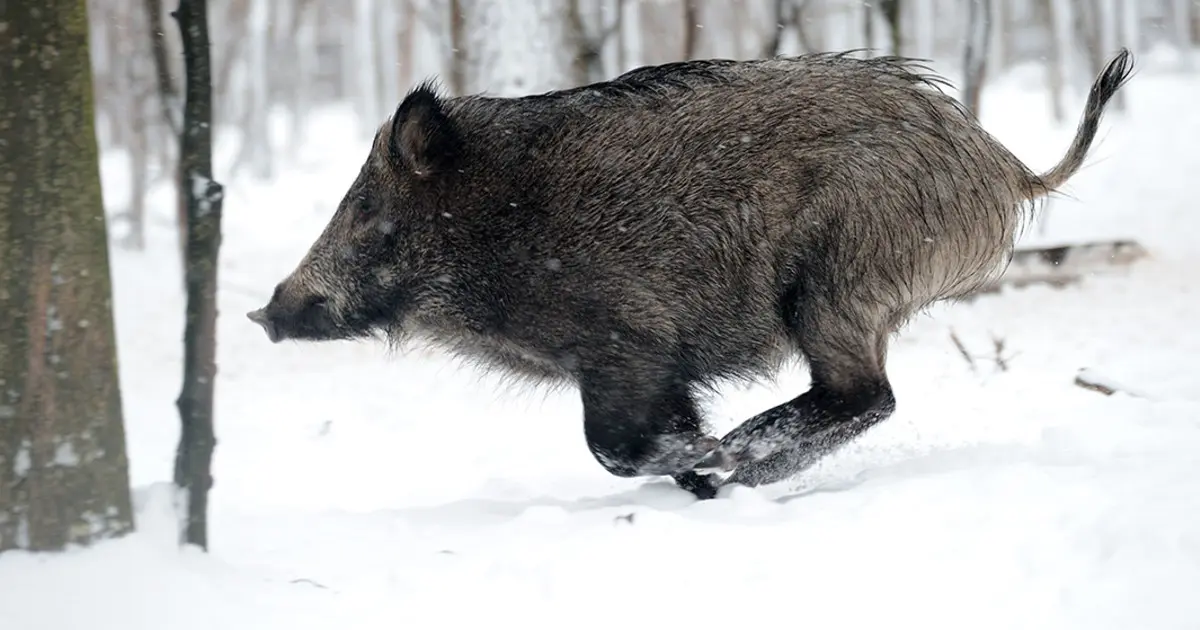Introduction : Saltwater fishing is an exhilarating and rewarding experience that attracts anglers from around the world. Whether you’re a beginner or a seasoned fisherman, the open seas offer a plethora of opportunities to test your skills and land some impressive catches. In this article, we will explore valuable tips and tricks that can help you maximize your success in saltwater fishing. From selecting the right equipment to understanding the tides and mastering different techniques, we will provide insights to enhance your angling prowess and make your next saltwater fishing trip a memorable one.
- Choose the Right Equipment : To start your saltwater fishing journey on the right foot, selecting the appropriate equipment is crucial. Here are some key considerations:
a. Rod and Reel: Opt for a sturdy and durable fishing rod and reel combo designed specifically for saltwater conditions. Look for corrosion-resistant materials like graphite or stainless steel that can withstand the harsh environment.
b. Line and Leader: Use a braided fishing line with a high pound-test strength to handle the challenges of saltwater fishing. Additionally, attach a fluorocarbon leader to the mainline to increase visibility and prevent fish from detecting the line.
c. Hooks and Lures: Depending on the species you’re targeting, choose hooks and lures that match the size and behavior of your desired catch. Experiment with a variety of options like jigs, plugs, and soft plastics to increase your chances of success.
- Understand the Tides and Currents : Tides and currents play a vital role in saltwater fishing. Here’s what you need to know:
a. Research: Familiarize yourself with tidal charts and local currents before heading out. Understanding the timing and strength of tides can help you identify the best fishing spots and predict fish behavior.
b. Fish Movement: Fish are often more active during specific tidal stages. For example, outgoing tides can trigger feeding frenzies as fish move towards channels and structures. Experiment with different tide phases to determine when the bite is most productive.
c. Fish with the Current: Position yourself up-current from your target area and let the current carry your bait naturally. This technique mimics the movement of prey, increasing the likelihood of attracting fish.
- Master Different Casting Techniques : Saltwater fishing requires proficiency in various casting techniques to reach distant targets effectively. Consider the following techniques:
a. Long Casting: Practice your casting skills to cover more water and reach areas where fish may be hiding. Utilize a smooth and controlled casting motion, allowing your bait to land precisely where you want it.
b. Power Casting: When targeting larger species or fishing in windy conditions, employ power casting techniques to generate greater distance and accuracy. Use the strength of your entire body to propel the bait or lure.
c. Roll Casting: In situations where obstacles like rocks or piers restrict your backcast, learn the roll casting technique. This method allows you to cast smoothly by using a sidearm motion.
- Pay Attention to Weather and Habitat : Weather conditions and understanding the fish’s habitat greatly impact saltwater fishing success:
a. Barometric Pressure: Changes in barometric pressure can influence fish activity. Falling pressure often leads to increased feeding as fish sense an approaching storm. Plan your fishing trips accordingly to take advantage of these conditions.
b. Structure and Cover: Saltwater fish are attracted to structures such as reefs, jetties, and piers. Additionally, pay attention to changes in bottom contour, as they can create areas where fish congregate. Targeting these structures will increase your chances of hooking a prize catch.
c. Seasonal Patterns: Different species exhibit seasonal migration patterns. Research the habits of the fish you’re targeting and adjust your fishing techniques accordingly. For example, during the spawning season, certain species might be more abundant in specific areas.
Conclusion : By following these saltwater fishing tips and tricks, you’ll be well-equipped to tackle the challenges of the open seas and increase your chances of success. Remember to select the right equipment for the job, understand the impact of tides and currents, master various casting techniques, and pay attention to weather conditions and fish habitat. Furthermore, be patient and persistent, as saltwater fishing requires time and effort to truly master. With each new trip, you’ll gain valuable experience and develop a deeper appreciation for the beauty and excitement that saltwater fishing has to offer. So, prepare your gear, study the conditions, and head out with confidence. The open seas are waiting for you to cast your line and embark on an unforgettable saltwater fishing adventure.
![]()





